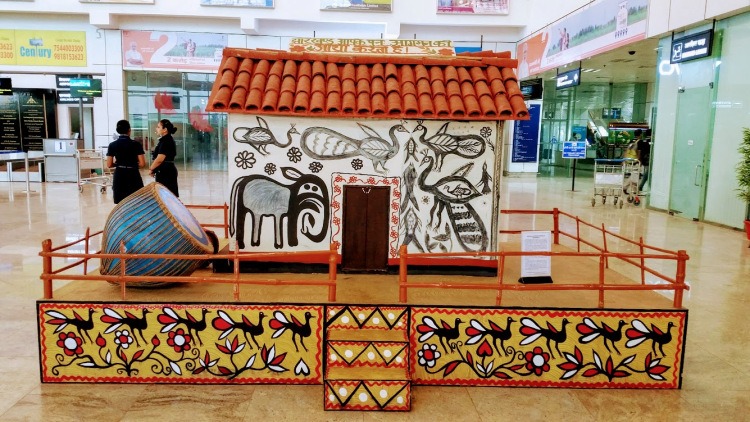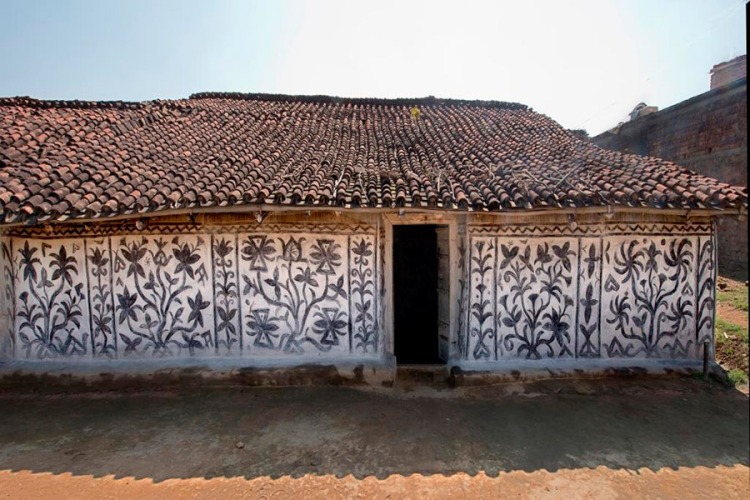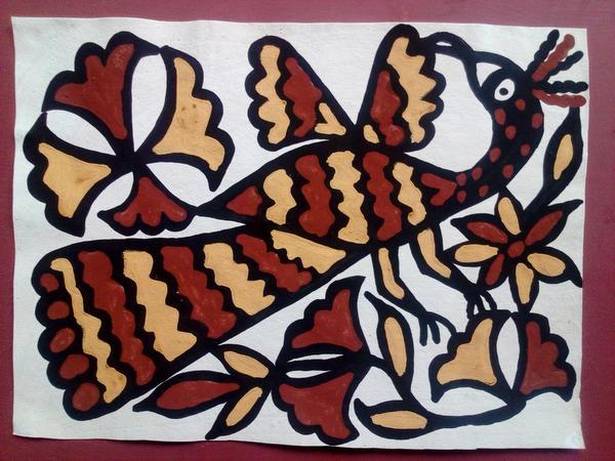Khovar and Sohrai Art
Khovar and Sohrai paintings are traditional wall paintings done in the Harizabagh area of Jharkhand in India. Soon after the rains, in the elegant lights of Diwali, these paintings are done by the tribal women on the walls of their houses.
They paint these to welcome the harvest in winter, worship the Cattle Goddess and forces of nature. These paintings are done using red, black mud, and white rice paste and majorly include local birds, flowers, fruits, and other nature-inspired designs.
Significance of Khovar and Sohrai Art
Khovar art got its name from the words ‘Kho’ or ‘Koh’ meaning a cave or a dark room and var as we know means the ‘bride’. Thus, Khovar represents the celebration of fertility and fecundity in marriage.
The house considered as mother earth is covered with black earth that represents the womb; this black earth is covered with the white earth called Dudhi or milk representing the pater god and the symbols of sperm and light.
The white is then covered completely over the black earth and cut with a comb which in the result is seen as a change of passive earth into an appearance of the mother goddess. The most famous theme seen is the pregnant peacock considered auspicious in matrimonial bonds.
Sohrai is derived from the word soro that means to drive with a stick. This is widely done to celebrate the harvesting season. In this art, the red line is drawn first. It signifies the ‘blood of the ancestors’ and reproduction. The next line is black that signifies the everlasting dead stone and mark of the god, Shiva.
The outer line stands in its traditional values of protection and loyalty. The white is painted with the last year’s rice, ground with milk into oatmeal representing food. Pashupati, the creator of all animals is generally painted riding on the back of an animal.
The elephant is an auspicious symbol that is connected with the harvest.
In 1991, Bullu Imam (a famous environmentalist) discovered this hidden art form on a rock for the first time. Since then, he has been working actively in order to save this artistic treasure and let the world know what India has always had in its rural areas to discover.





